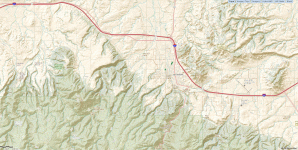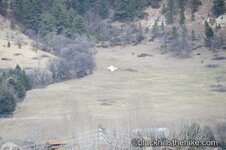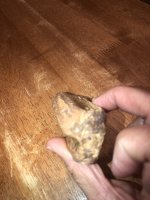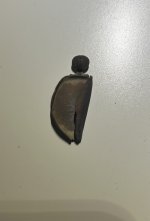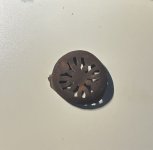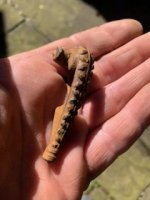pronghorn
Hero Member
- Jan 7, 2008
- 570
- 53
- Thread starter
- #21
cactusjumper said:Pronghorn,
What might make this story a little suspect, is the fact that Mr. Thoen immediately began making copies of the stones, and selling them to local tourists. I doubt you will be able to Google that fact.
Take care,
Joe Ribaudo
Interesting,
can you share your source for that ?
My plans are to view the artifact at first chance, perhaps visit the site where it
was found and view the stone wall, and try to find the stone wall Oro spoke of
for comparison if it still exists. Other than that, the slot's in Deadwood will
more than likely get much more of my life savings than chasing this ghost.





 (I can SEE the boxes of books now, so have more ambition to get at them, heh heh)
(I can SEE the boxes of books now, so have more ambition to get at them, heh heh)




